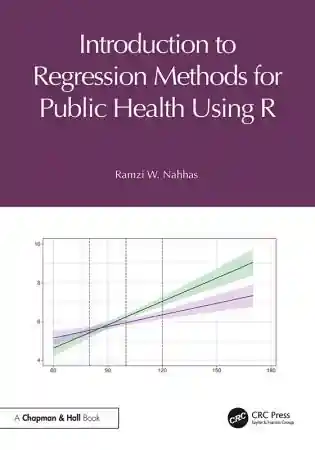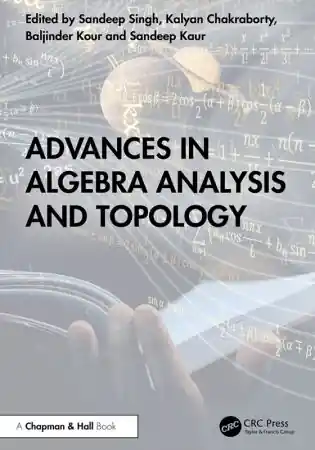
The Wiley Handbook of Teaching and Learning
- Length: 704 pages
- Edition: 1
- Language: English
- Publisher: Wiley-Blackwell
- Publication Date: 2018-09-12
- ISBN-10: 1118955870
- ISBN-13: 9781118955871
- Sales Rank: #5524392 (See Top 100 Books)
Provides a comprehensive reference for scholars, educators, stakeholders, and the general public on matters influencing and directly affecting education in today’s schools across the globe
This enlightening handbook offers current, international perspectives on the conditions in communities, contemporary practices in schooling, relevant research on teaching and learning, and implications for the future of education. It contains diverse conceptual frameworks for analyzing existing issues in education, including but not limited to characteristics of today’s students, assessment of student learning, evaluation of teachers, trends in teacher education programs, technological advances in content delivery, the important role for school leaders, and innovative instructional practices to increase student learning.
The Wiley Handbook of Teaching and Learning promotes new, global approaches to studying the process of education, demonstrates the diversity among the constituents of schooling, recognizes the need for and presents a variety of approaches to teaching and learning, and details exemplary practices in education. Divided into four sections focused on general topics—context and schooling; learners and learning; teachers and teaching; and educators as learners and leaders—and with all-new essays that look at what has been, what is, and what could be, this book is destined to inspire thoughtful contemplation from readers about what it means to teach and learn.
- Examines teaching, learners, and learning from a contemporary, international perspective, presenting alternative views and approaches
- Provides a single reference source for teachers, education leaders, and agency administrators
- Summarizes recent research and theory
- Offers evidence-based recommendations for practice
- Includes essays from established and emerging U.S. and international scholars
- Each chapter includes a section encouraging readers to think ahead and imagine what education might be in the future
Scholars from around the world provide a range of evidence-based ideas for improving and modifying current educational practices, making The Wiley Handbook of Teaching and Learning an important book for the global education community and those planning on entering into it.
Table of Contents
Part 1 The Context of Schooling
Chapter 1 The Complexity Of American Teacher Education
Chapter 2 School Reform—A Never‐Ending Story: Avoiding Attractive Pitfalls And Exploring Promising Perspectives
Chapter 3 The Culture And Teaching Gap: What Is It, And How Can Teacher Educators Help To Close It?
Chapter 4 The Role Of The Community In Learning And Development
Chapter 5 Building Capacity In Order To Strengthen Teaching And Learning
Chapter 6 Implementing And Sustaining Language Curriculum Reform In Singapore Primary Schools
Part 2 Learners and Learning
Chapter 7 Educational Neuroscience: Are We There Yet?
Chapter 8 Turning Toward Students: Adopting A Student‐Centered Stance In Mandate‐Centered Times
Chapter 9 Learning Anytime, Anywhere Through Technology: Reconsidering Teaching And Learning For The Imaker Generation
Chapter 10 The Place Of Learning In The Systematization And Standardization Of Early Childhood Education
Chapter 11 Exceptional Education Is Special
Chapter 12 Case Study: Nevada’S English Language Learner Strategy: A Case Study On Policymaking And Implementation
Part 3 Teachers and Teaching
Chapter 13 Next Generation Research In Dialogic Learning
Chapter 14 Guiding And Promoting Student Learning: Applying Theory To Practice
Chapter 15 A Smile Is Universal: Building Sensitivity To And Understanding Of Culturally And Linguistically Diverse Learners Through International Field Experiences
Chapter 16 Envisioning Alternative Futures: Elliot Eisner’S Challenge To Industrial Educational Practice
Chapter 17 Case Study: Trajectories In Developing Novice Teacher Leadership Potential: A Tale Of Two Countries
Chapter 18 Critique: What Effect Size Doesn’T Tell Us
Part 4 Educators as Learners and Leaders
Chapter 19 The Importance Of Teacher Induction For Improving Teaching And Learning
Chapter 20 Teacher Leadership: Past, Present, And Future
Chapter 21 Principal Instructional Leadership: From Prescription To Theory To Practice
Chapter 22 Case Study: Restorative Justice: An Alternative Approach To School Discipline
Part 5 Evaluation and Assessment
Chapter 23 Back To The Future: Assessment From 1990 To 2016
Chapter 24 Views Of Classroom Assessment: Yesterday, Today, And Tomorrow
Chapter 25 Rethinking Teacher Quality In The Age Of Smart Machines
Chapter 26 Rethinking The Intersection Of Instruction, Change, And Systemic Change
Chapter 27 Critique: On The Limits To Evidence‐Based Learning Of Educational Science







